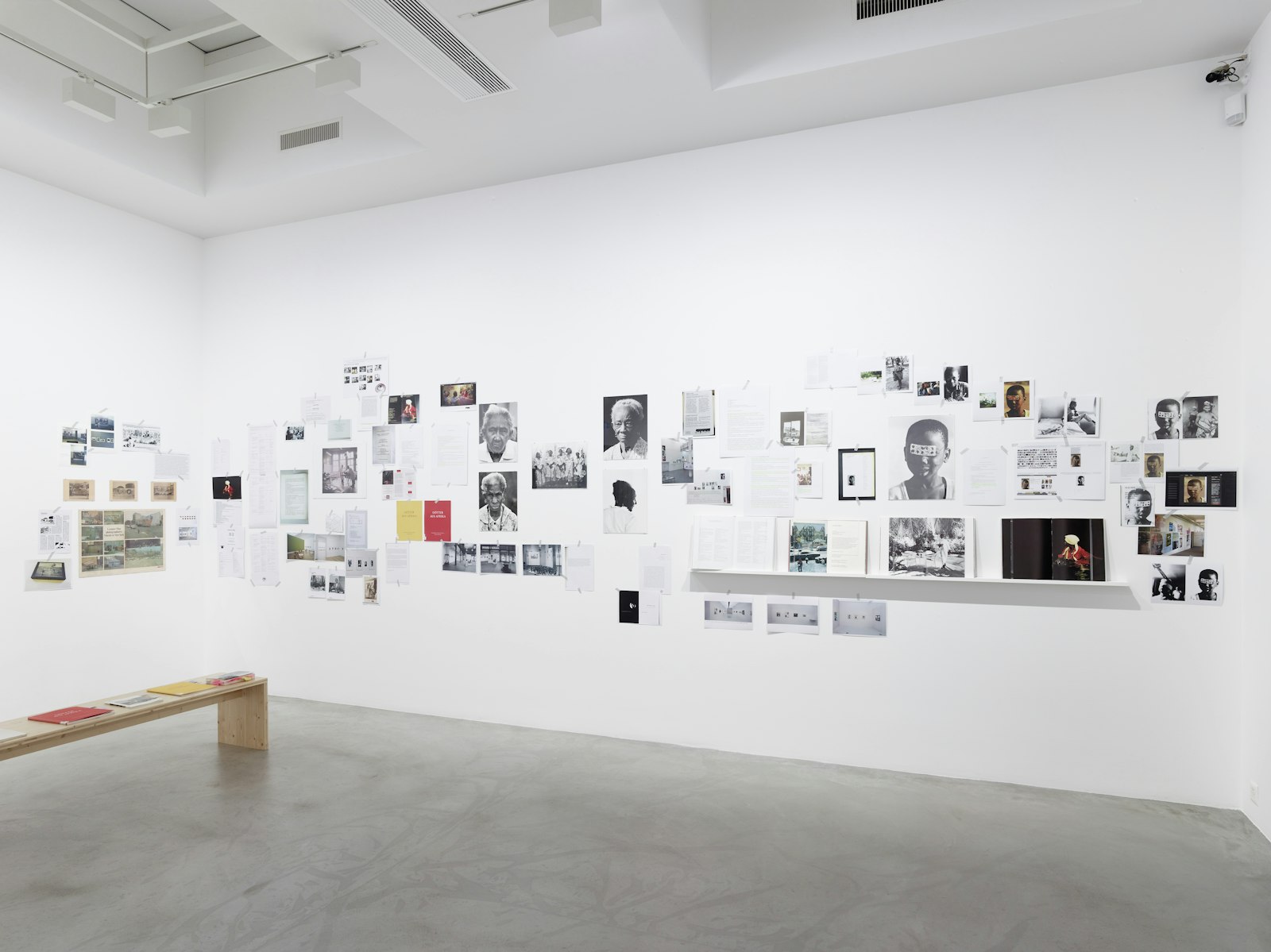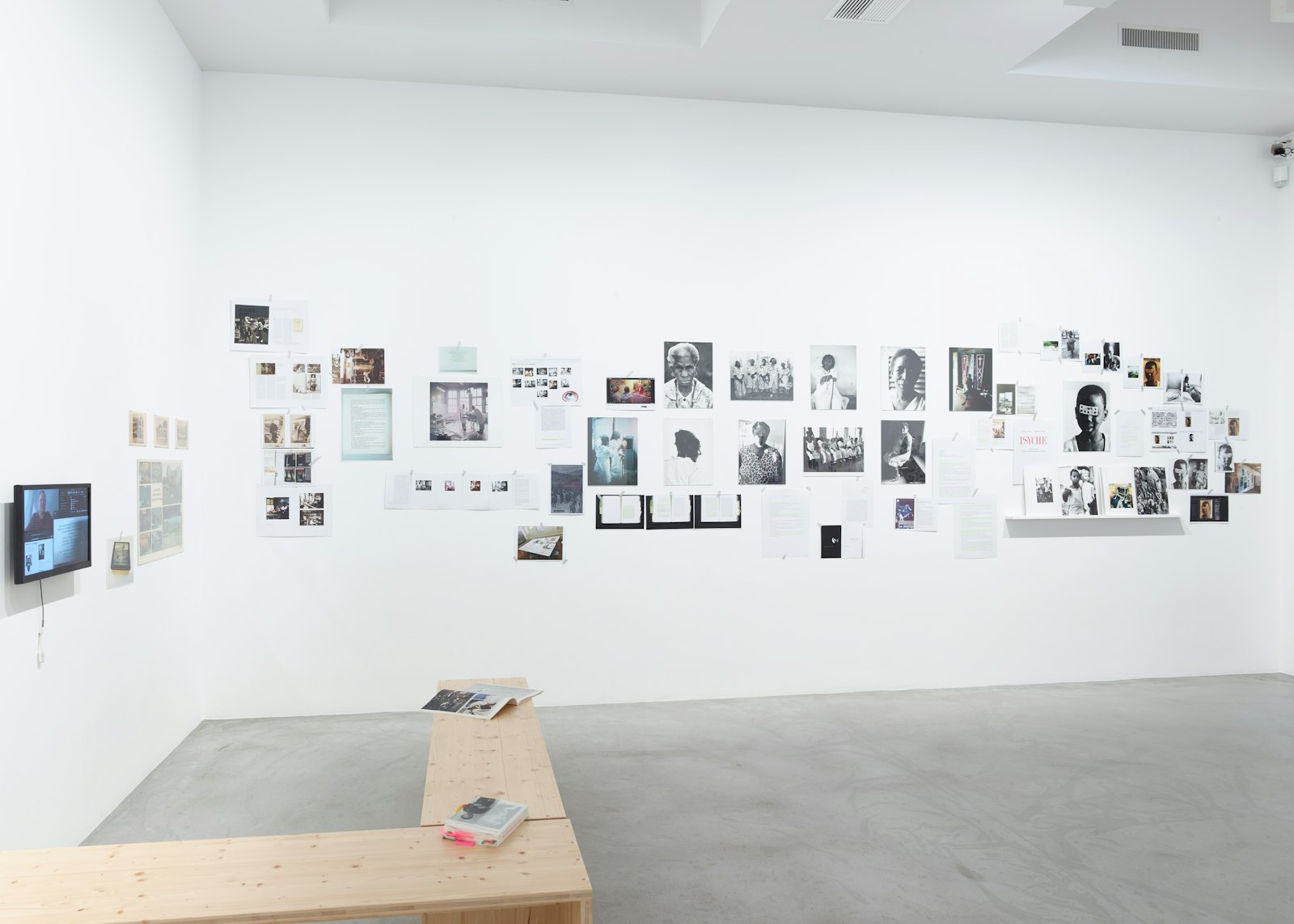We would like to thank Dulcie Abrahams Altass, Nina Bingel, Marlene Burmeister, Bianca Bozzeda, Regina Bühlmann, Nathalie David, Claus Deimel, Silvia Dolz, Carmen Domínguez, Sebastian Dressel, Anita Eylmann, Maria Fiedler, Hartmut Fischer, Julian Fuchs, Heike Gerlach, Anna Götte, Nadine Gruner, Andrea Hadem, Sabine Hohnholz, Sonja Janßen, Tim Kirchner, Franziska Mecklenburg, Dominik Nürenberg, Margit Tabel-Gerster, Hinrich Sachs, Alexandre Santos, dem Schomburg Center, Thomas Seelig, Silke Seybold, Gereon Sievernich, Mareike Späth, Peter Steigerwald, Urs Stahel, Jörg Wenzel, Isabel Waquil and Maike Zeidler for their cooperation and sharing their information with us.





